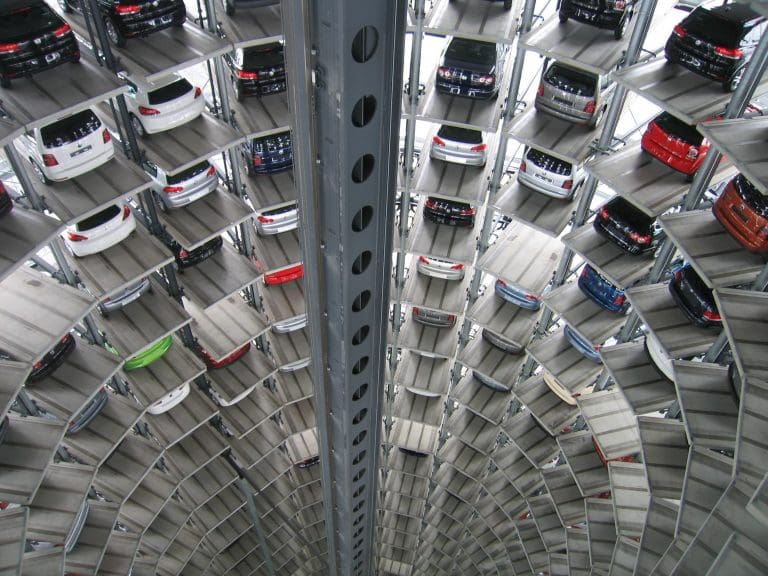Out of sight, out of mind: that’s why many drivers don’t think about their car’s belts and hoses until something goes wrong and requires an expensive fix. Learn simple car care tips that can prevent failure and keep auto maintenance costs down.
How to Inspect Belts and Hoses
A visual inspection can reveal a lot about the condition of car belts and hoses. Automotive hoses should feel firm yet pliable, rather than totally rigid. Hoses that are soft to the touch or bend readily are at risk of failure. These should be replaced.
Since auto belts run continuously when the car is running, powering the car’s systems, they are critical. A sudden belt failure could cause significant engine damage, disabling the car. With regular inspection, you can evaluate a belt’s condition and replace it before it fails.
Automakers recommend replacing serpentine belts every 45,000 to 50,000 miles and timing belts every 60,000 to 100,000 miles. Knowing these recommendations, you can plan ahead for preventative maintenance. However, you should still inspect your car’s belts seasonally, because you never know when excess wear and tear can lead to your cars sudden breakdown.
Auto belts should never appear cracked or shredded into layers. If yours is, it is at risk of failure. A good belt will be visibly free of damage and feel taut and sturdy. A belt that looks to be in good shape but feels loose needs an adjustment for tension, which can be performed by a mechanic.
Warning Signs of a Failing Belt
Auto belts rarely snap without any warning signs, so knowing what to watch for can clue you in to a failing belt before it breaks completely.
With serpentine belts, you may notice your car makes high-pitched sounds when you accelerate. The car may lose power steering or overheat.
A rattle in the engine or trouble getting the car started can indicate an issue with the timing belt. Some drivers notice the engine seems to skip gears when they accelerate. If a service technician tells you there is plastic residue in the oil pan after an oil change, it may indicate camshaft gear wear and tear caused by a bad timing belt.
When to Inspect Belts and Hoses
Experts recommend inspecting your car’s belts and hoses twice a year, before winter and summer. Cold winter temperatures can harden materials, making belts and hoses susceptible to cracking. Not only should you care about its daily maintenance but you should also check if you’re traveling. Since heat increase the friction hard on auto belts, parts may wear out faster in the summer. There are costs in renting or car shipping too but problems arise in small things, such as belts and hoses.
By performing these inspections in late spring and late fall, you can fix a failing hose or belt before the weather causes additional damage. You can also reduce the costs of car maintenance by fixing minor problems before they cause a catastrophic breakdown. If you don’t want to check your car’s belts and hoses yourself, your mechanic can do it as part of a seasonal tune-up.




